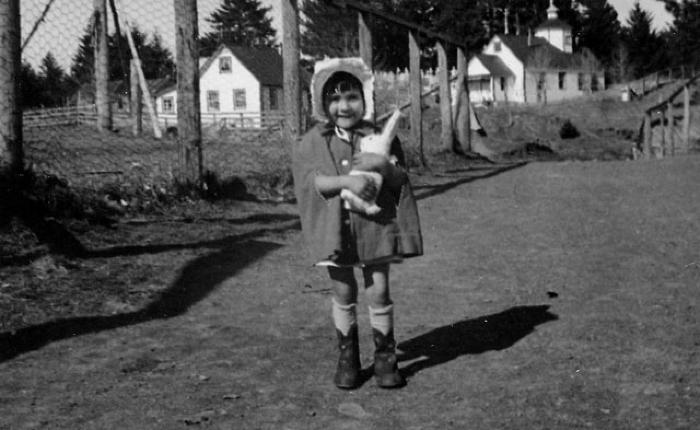Hare, Rabbit — Kuskaanaq

The varying hare or snowshoe hare (Lepus americanus) occurs widely throughout North America. This small furbearer is well known for its seasonally changing fur color. In winter, the snowshoe hare has a pure white coat and black-tipped ears, which provides camouflage in a snowy landscape. In summer, hares turn reddish-brown to blend with the loose soil and brush surrounding their nest. Snowshoe hares breed prolifically. They can bear four to eight litters a year, with as many as eight young in each. They are largely herbivorous, eating leafy shrubs, tree bark, and vegetables, although some adults will also feed on mice and carrion.
Kuskaanat are not native to Kodiak. In the past, Alutiiq people obtained their pelts in trade with the mainland and used them to make clothing, including hare parkas. In 1934, 558 snowshoe hares were captured along the railway in Anchorage and shipped to Kodiak for release. Their introduction was successful, and hares are now abundant in some areas of the archipelago. Although they can be hunted year-round, many hunters prefer to pursue them in fall and spring when their fur is changing colors and they are easier to see. Today, hares are taken with rifles and shotguns for both food and fur. Some Alutiiq Elders prefer not to eat them, however, because they are seen as nuisance animals, akin to cats. This is reflected in their name. Kuskaanaq comes from the root word for cat, kuskaq.
